Welcome to My Crib reveals the worlds behind the doors of Waterloo Architecture faculty. Today we enter the office of Dr Tracey Eve Winton.
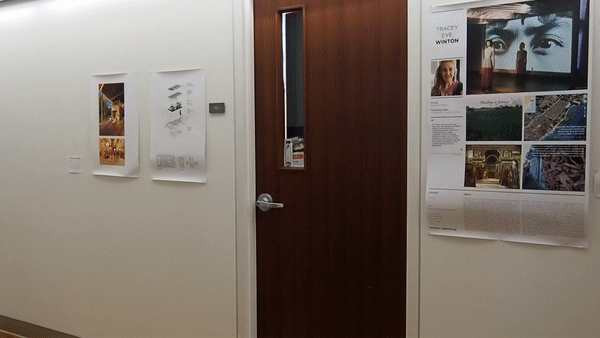
Previously on Welcome to My Crib, Sparsh & Tomoki, two daring students from BRIDGE, infiltrated the offices of various professors at Waterloo Architecture to bring you the juicy details of what sits behind office doors. This week, they attempt to uncover the hidden artifacts that lie within the catacombs of the office of Dr. Tracey Eve Winton.
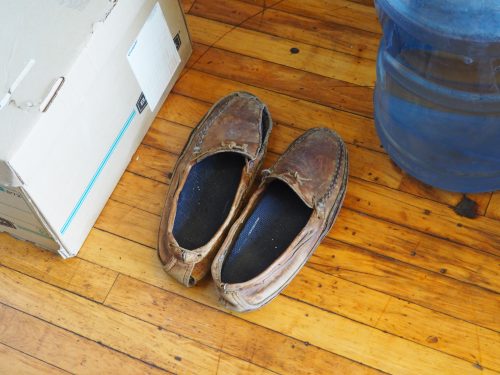
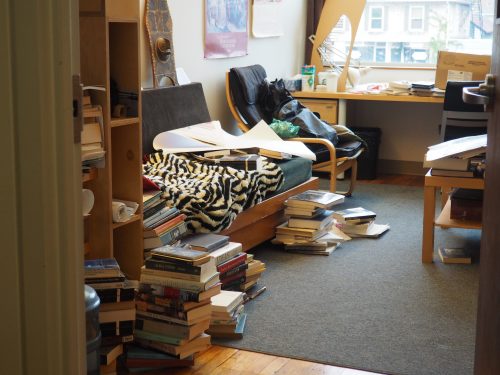
Tracey came to teach in 2006 and took the office of Professor Fred Thompson who is now a Professor emeritus. His shoes remain in the office because sometimes he comes back to the school and uses her office.
As we passed the threshold, the office suddenly expanded in front of our eyes! Her office has a warm cozy feel with a couch and blankets to company her book collection. The entrance area has a dropped ceiling and the room is complete with a system of cabinets that was custom fitted by Fred Thompson. Books were piled up in every nook and corner of the office. When asked about them she affectionately referred to them as her consultants and gave us a peak into some of the piles!
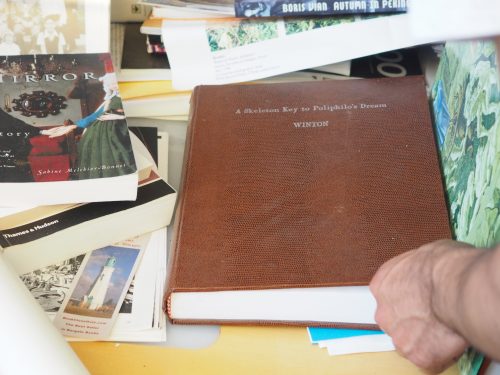
This is her PhD thesis, about the Hypnerotomachia Poliphili. Its like a renaissance version of Alice in wonderland; a story of a magical pilgrimage, written ominously in impeccable detail, revealing a lot about the architecture of the time.
The book beside it is a book of Dante’s inferno but with Boticelli’s paintings and drawings in each page. It captures this idea that our vision is a device that transforms the natural environment into a cultural artifact; expressed architecturally. By the simple act of observing then drawing the landscape, it is given cultural value. because you are transforming a landscape into a human expression
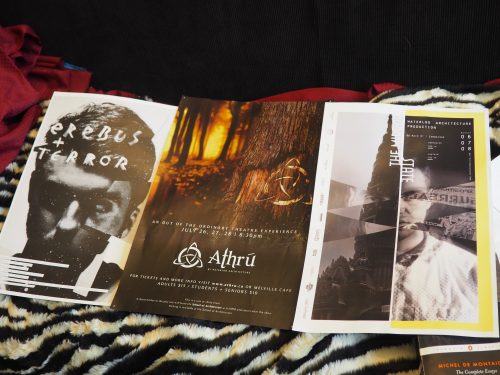
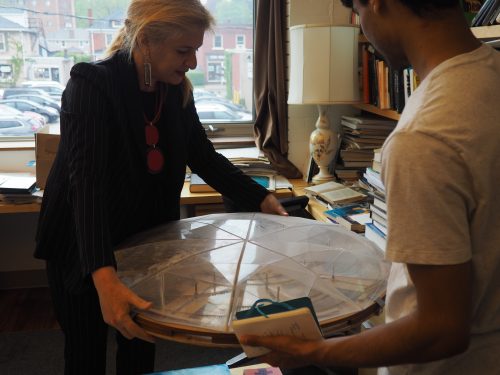
Tracey leads the 2B plays, a production the entire class takes on to explore themes such as dreams, miscommunication, languages, and perception. The plays are interesting because you can begin to see the variety of skills that people came into the school with and begin to understand what those skills are doing for us when we produce architecture. She is a firm believer in the potential of collective intelligence and the plays are a great example of that.
Tracey is an avid traveler, having visited places like: Mexico for the self built housing community in Yucatan as well as Teotihuacan for its ancient astronomical significance, Japan, Germany, Italy, Bali, and more. She likes to think on site where you can experience the energy of the place. All over her office were different fabricated and found items that Tracey has collected over the years! Here are a few of them:
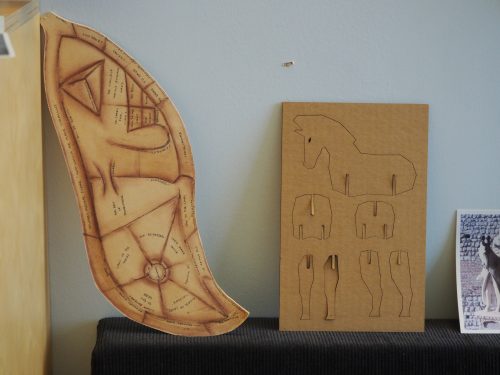
The laser cut horse parts were a gift from one of her students in reference to a play they did.
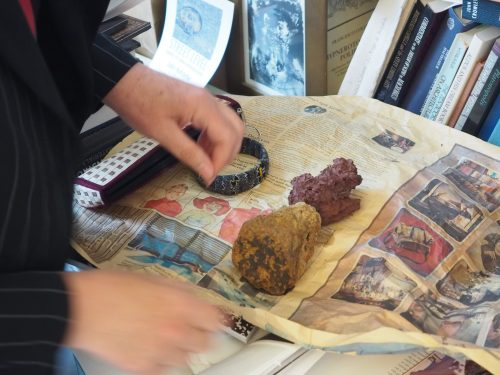
These are Icelandic volcanic rocks. The same kind that the Romans used as aggregate in the concrete that went into the Pantheon.
“Every architect has to navigate what it means for them to be an architect”. She questions the idea that architecture is a service profession, an idea that is practiced professionally and inherent in education. She thinks architecture should have meaning as the backdrop for the environment people live in. If people can’t find meaning in the place they live in, or sense a connection to a greater significance, community or the cosmos, it can lead to things like depression and ignorant political systems. Good architecture has the potential to make stronger communities. Communities like these that believe in something greater, can work together to create meaningful impact.
Her last words of advice were ones she received herself that she wants to pass on to all of us:
“Take Risks”


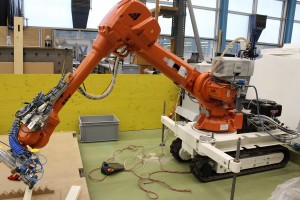
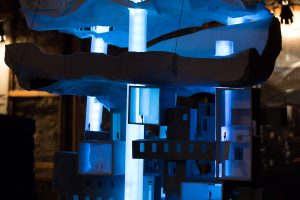

Leave a Reply